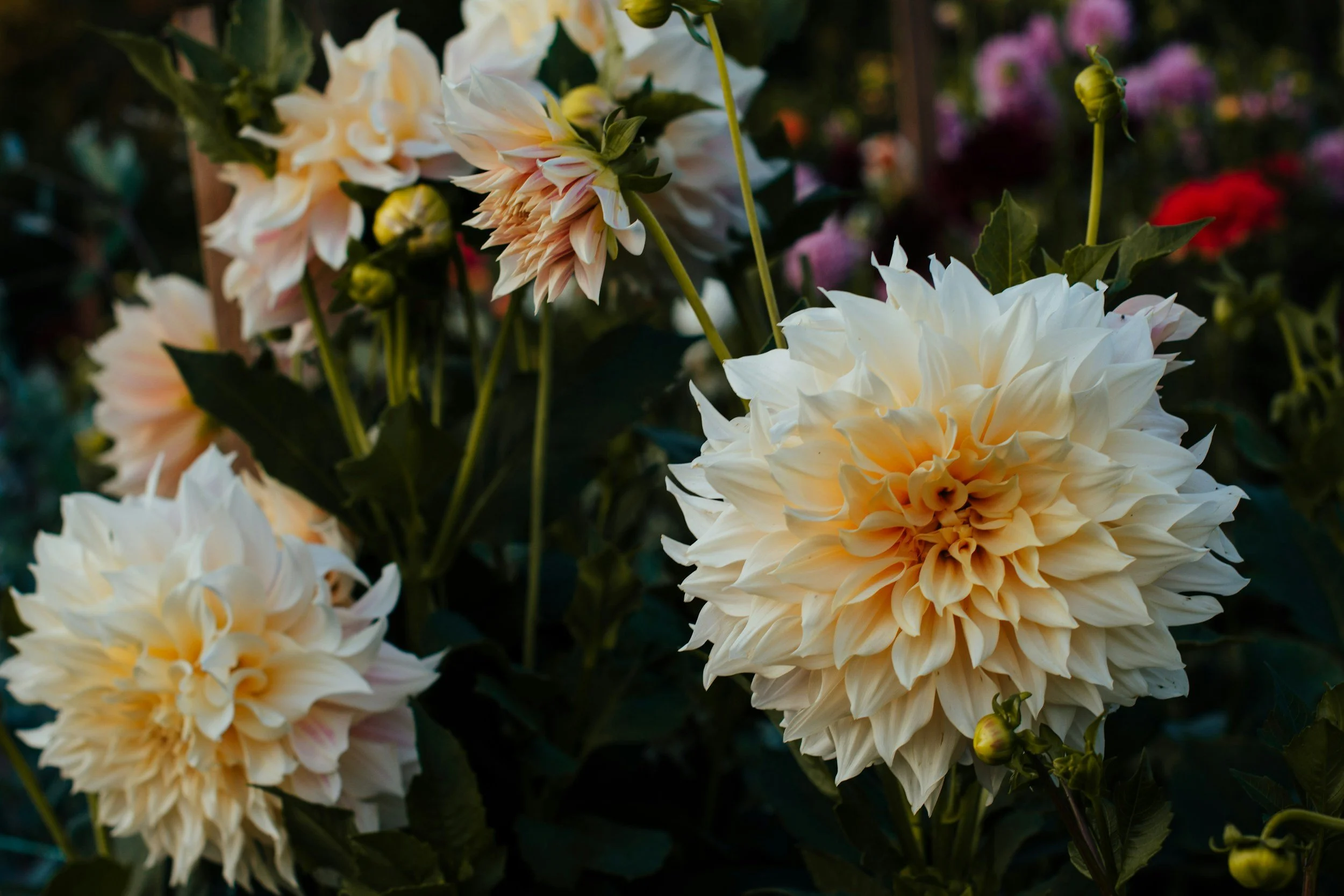Swimming in the Salmon Ladders, somewhere near Mt Rainier, Washington
With one last summer adventure playing in the salmon ladders in our nearby forest, uniforms purchased, and school supplies dropped off, our summer break has come to a close, our school and my little piano studio has begun! A heavy haze of smoke from distant wildfires are upon us. Its harvest time in our valley and those who work in the orchards and fields are in their busiest season. In our little garden boxes and flower beds, we too are harvesting our little crop. The strawberries have sent their tendrils out to every corner of the strawberry box; the raspberry box is filled with fresh green shoots and are continuing to produce delicious berries. I can just imagine the bounty next summer when I cut back the stems that produced fruit this year. I want to set it up slightly different next year to accommodate the entire box of stems that are standing up waving in the air with no guidance at the moment shouting to me, “I’m here! What do I do now?”. Among the surrounding area, the weeds are growing like crazy, so more work needs to be done there.
We have a large pumpkin and some smaller ones, so that is satisfactory for this year. I don’t treat the apple tree with any kind of spray so the chickens have been enjoying all our worm eaten apples that already lay on the ground ready to be scooped up into the bucket and taken to the coop. As the apples begin their process of decay on the ground (and on the branches), the sweet apple scent drifts toward me as I walk past our tired, contented old tree. Maybe that’s like us in old age, will our lives smell their sweetest in our elderly years, Lord willing, filled with wisdom and good, helpful words to serve others?
My dahlia, with a fresh haircut from our Praying Mantis
My sunflower decided to blossom, and another one today! One of my dahlias bloomed. I’m still a novice at caring for dahlias. When it did blossom, I noticed it had gotten a haircut! The tips were gone. I’m thinking our praying mantis was the culprit. My hibiscus was packed too tightly in the container I had for it, and the poor blossoms just shriveled up and died each time they appeared. I transplanted it today into a larger area and gave it more healthy soil and water. Maybe we will still see some hibiscus blossoms this year. There was one I got to enjoy but only for a day before it gave up! There is so much to learn about different varieties of plants. The blueberries did fine. They are still getting established, but I’m happy with them.
The lavender.
Oh the lavender! She grew with bounty and gusto this summer! I couldn’t keep up with watering her so the flowers dried up to a crisp early. But nevermind! My youngest decided to make lavender tea! It was delicious! Tonight he harvested more of the lavender. As soon as I walked into the kitchen, I could smell the fragrance of relaxation. His plan is to plant a tea garden next summer in the new garden boxes. Fresh loose leaf tea with a dolop of honey, handed to me in a warm mug? Let’s do it!
Image from Unsplash
Lavender Tea Recipe
Cut a few sprigs of lavender and dry them by tieing a string around them and letting them dry out for a couple days, OR use a dehydrator OR use the oven at a low temperature for about an hour or two. Put the loose leaves into a tea strainer, a tea ball, or a tea infuser (basically all the same thing), and pour boiling water over them. Let the tea steep for 4 minutes and remove the leaves. Sweeten with sugar or honey!
For Labor Day, we feasted on jalapenos. Of the four plants I bought, I thought there’d be a lot more. However, we will be content with what we were able to grow. We made jalapeno poppers as a Labor Day appetizer, and they were delicious. Below is our jalapeno popper recipe. Tomorrow, I head to the local orchard shop to pick up some fresh peaches. I hope you, too, are enjoying the fruits of your labor, and relishing in the beauty of the journey.
Jalapeño Poppers Recipe
Supplies & Ingredients:
-vinyl gloves: these are very important when working with jalapenos. We’ve learned the hard way. You don’t want to get any of the seeds or juice of the jalapeno on your hands where you could transfer it to your eyes or other surfaces where it could be transferred to others!
-20 toothpicks
-20 jalapenos
-1 package of 20 slices of bacon
-1 container of whipped cream cheese
Preheat oven to 450.
Cut the jalapeno in half, and discard all the seeds. Do this for each jalapeno.
Lather the cream cheese into the cavity of one half of the jalapeno. Roll it up in a slice of bacon. Secure it with a toothpick and set it on the tray. Its ideal to have a wire rack on top of the cookie sheet/pan so the heat can evenly bake the poppers. Bake in the oven for about 25-30 minutes.
Enjoy! They might be a little spicy, but much less so than in their raw state. I’ll post another garden update later this Fall when I’m ready to prune and put the garden to sleep for the winter.
As for gardens of words… I leave with a quote from my summer reading:
“For such was unconsciously the attitude of each of them towards each new phase of each new day; it was not unimportant; it had some new discovery hidden within it for the finding. It was the attitude of the trained mind collecting the evidence; in their case for the Christian thesis that all things, somehow, work together for good. ”


















